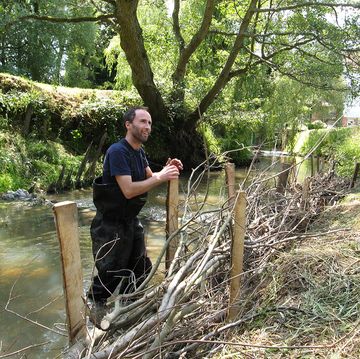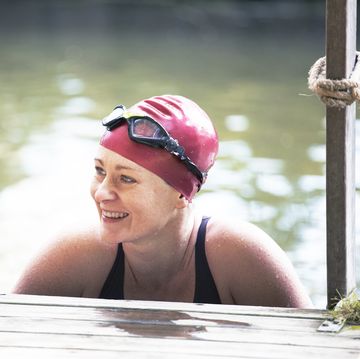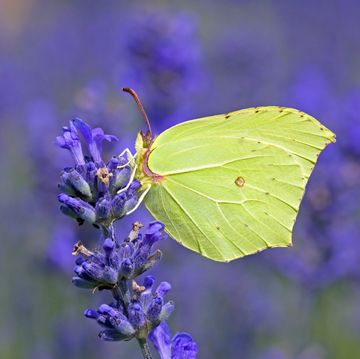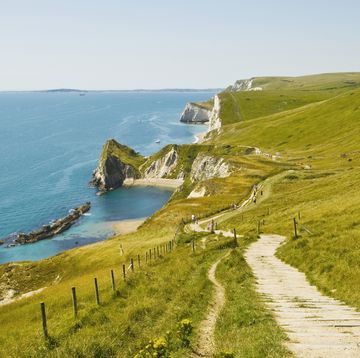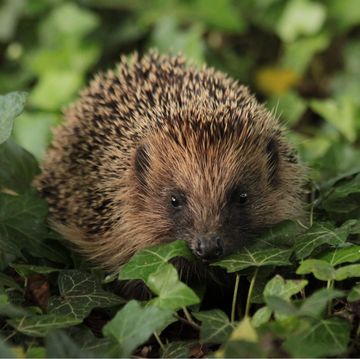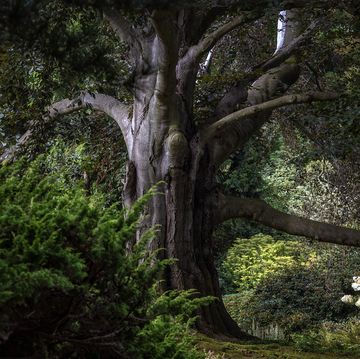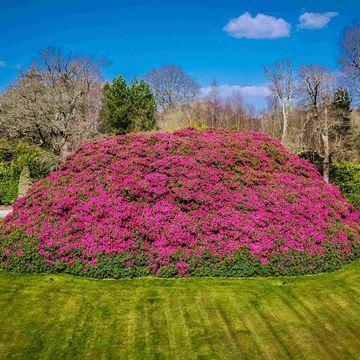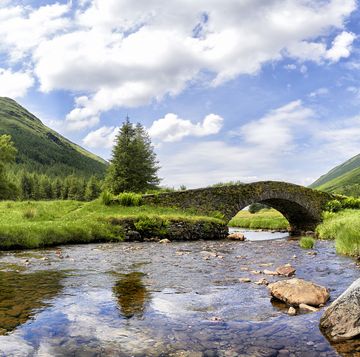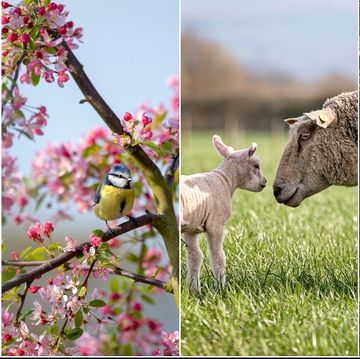I loved growing up in Chiddingly, East Sussex. Our family home was near the South Downs. As a boy I'd borrow my neighbour's horse and ride up there. The landscape was spectacular – there was a real sense that the hand of God had moulded it.
There's a wonderful coastline in Sussex and Kent. I've always liked Dover and the White Cliffs – a great line of white, a dash of green and then the pebbles below. It's like painting in huge slashes of colour, rather than anything niminy-piminy.
I've always adored Britain's enormous landscapes. When I was a child at school in North Yorkshire, it was the Moors – with their huge hills and the Gormire Lake, and then as an adult, while we were filming Monarch of the Glen, I was fascinated by the Cairngorms in Inverness-shire. I'd walk up through the mountains and come across these sprawling lochs, miles above sea level. I found that so impressive.
In terms of literary accounts of the countryside, Wuthering Heights is pretty hard to beat. As the Yorkshire Moors already spoke to me, I was able to be embraced by the novel because I felt I knew where Cathy was walking, what the Grange was like and I could picture Wuthering Heights itself.
We chose to film Downton Abbey at Highclere Castle in Berkshire. As you come down the drive, you're met by this stark but beautiful Gothic sculpture that stands out against the sky – a marvellous statement of aristocratic confidence. We knew that the house was going to be our main character and had to persuade an audience – who may not necessarily have been familiar with that way of life – that it could command its residents to make sacrifices to keep it going. To make that work dramatically, we needed an incredible building.
When it comes to filming locations, England is a box of treasures. Earlier this year I thoroughly enjoyed watching Broadchurch, which was filmed in Burton Bradstock on the Jurassic Coast. We go there often in the summer to walk along the beach, and love its wonderful layered, Battenberg-cake-like cliffs. I thought it was brilliant how the show made the most of the location.
My wife Emma and I are both very committed to the sea. We live about 15 minutes away from the coast and have a beach hut in Devon. The windows look out right over the water and the waves are crashing around you all the time. No matter what season, even on the harshest winter's day, it's still wonderful to watch and be a part of. It's a place where we can recharge.
I'm very fond of Ireland. My family own a little islet in the Skellig Islands, which lie just off Kerry. We used to spend our summers there, messing about on boats. We'd go fishing for mackerel, run all over the island and swim in the ocean. That was a great privilege – it's remote, but very beautiful, and full of nice people and delicious food – all the things I need for relaxation.
I feel very strongly about preserving our countryside. I believe, in a sense, it's the duty of all those who live there. I'm not anti-development, but I think it has to be carefully thought out – properly planned and designed to enhance rather than destroy its setting.
The Wind in the Willows musical, written by Julian Fellowes, will run until 9 September at the London Palladium. Tickets can booked at willowsmusical.com or by calling 0844 874 0665.
This feature is from Country Living magazine. Subscribe here.



